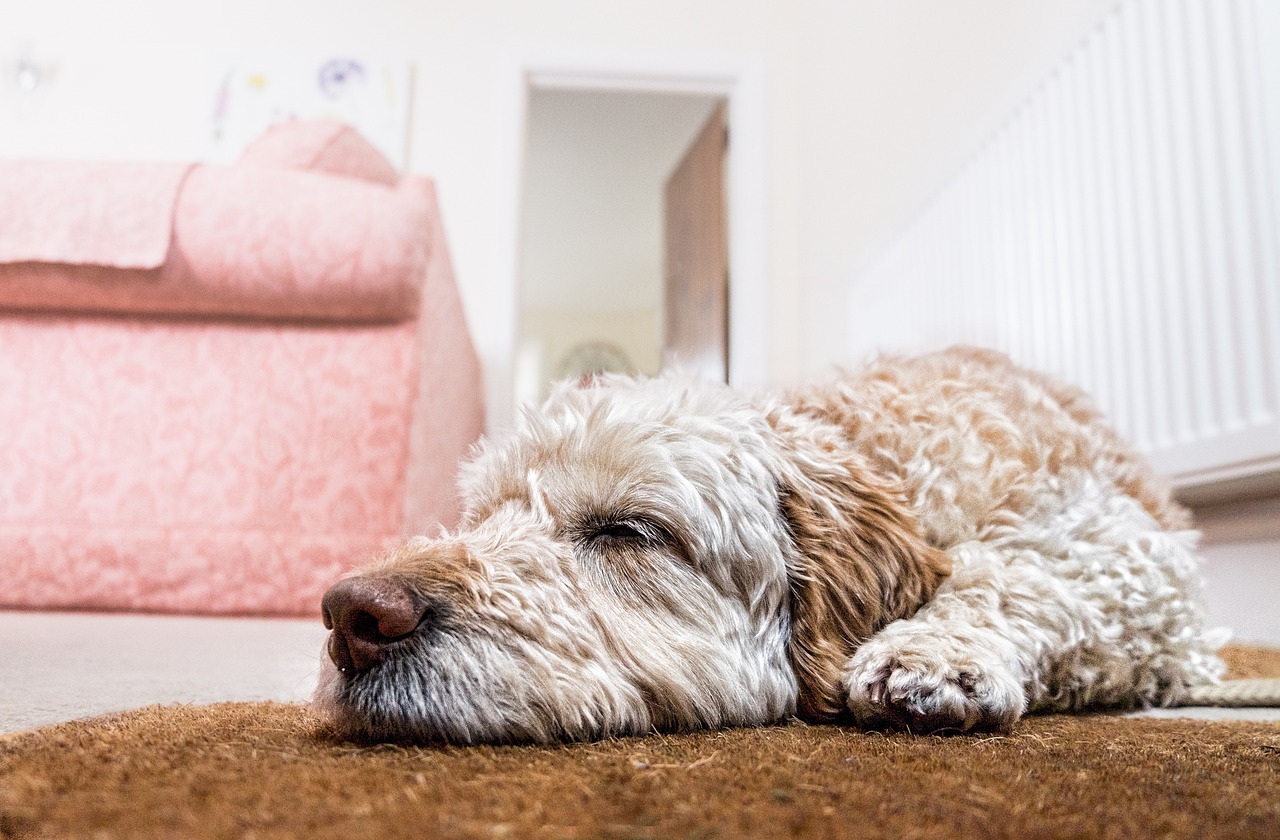Renovating Your Home for Increased Accessibility
When it comes to making your home more accessible for individuals with mobility needs, there are several key considerations to keep in mind. First and foremost, it’s essential to assess the current layout of your home to identify any potential obstacles or barriers that could impede movement or access. This may involve taking a closer look at doorways, hallways, staircases, and other critical areas to determine if any modifications or adjustments are needed.
Once you have a clear understanding of the existing challenges within your home, the next step is to start identifying potential solutions. This could involve installing ramps, stairlifts, grab bars, or other assistive devices to help improve accessibility and enhance safety. Additionally, you may need to consider making changes to the layout or design of certain rooms to create a more barrier-free environment for individuals with mobility needs. By taking proactive steps to adapt your home, you can help create a more inclusive and welcoming space for everyone.
Assessing Your Home’s Accessibility
When evaluating your home’s accessibility, it is crucial to consider various factors to ensure a safe and comfortable environment for individuals with mobility needs. Begin by examining the entry points such as doorways and ramps to determine if they are wide enough to accommodate wheelchairs or other mobility aids. Additionally, check the flooring to ensure it is stable and slip-resistant to prevent any potential accidents.
Moving on, assess the layout of your home to see if there are obstacles that may hinder mobility, such as cluttered pathways or furniture blocking access. Consider installing handrails in hallways or staircases to provide added support for those with mobility challenges. Furthermore, look into adjustable countertops and cabinets in the kitchen to promote independence and ease of use for individuals with varying levels of mobility.
What are some ways to adapt my home for mobility needs?
Some ways to adapt your home for mobility needs include installing ramps, widening doorways, adding grab bars in the bathroom, and ensuring that pathways are clear of obstacles.
How can I assess my home’s accessibility?
You can assess your home’s accessibility by looking for any barriers to mobility, such as stairs or narrow doorways, and considering how easy it is to move around the space with a mobility aid.
Should I consult with a professional before making changes to my home for accessibility?
It is always a good idea to consult with a professional, such as an occupational therapist or a contractor specializing in accessibility modifications, before making changes to your home for accessibility. They can provide guidance on the best modifications for your specific needs.





